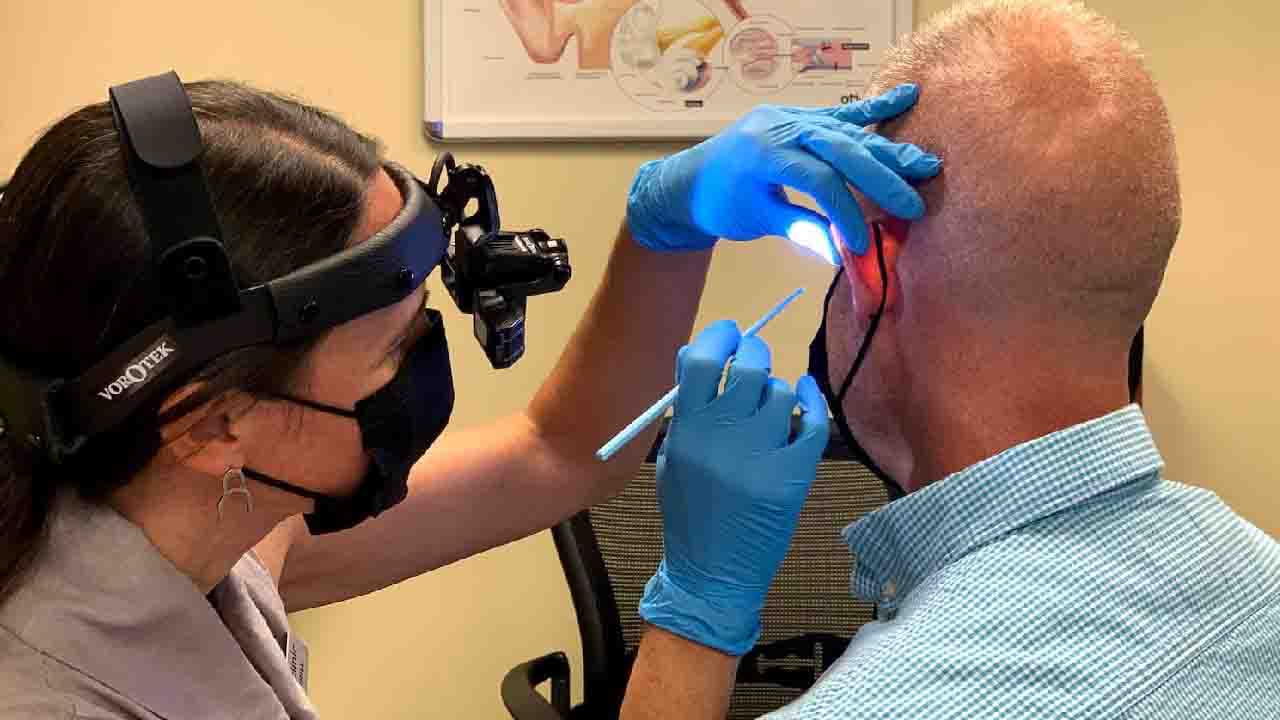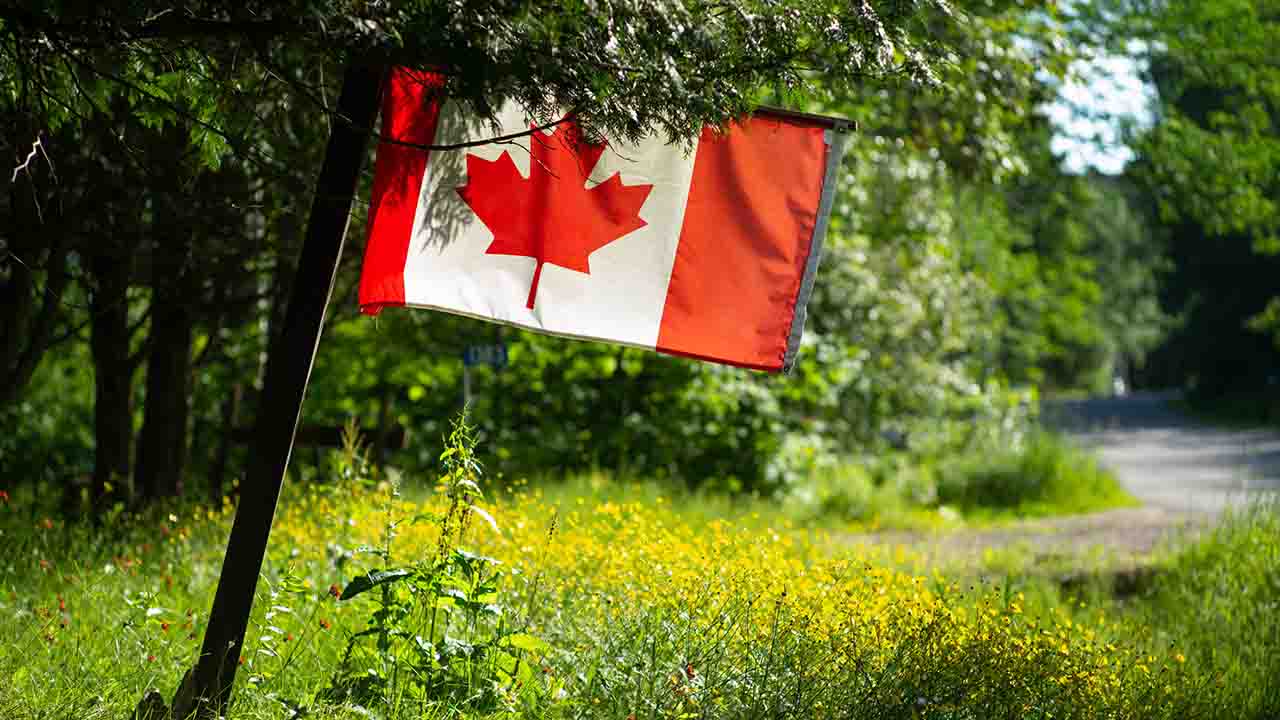Agriculture & Climate Change, India (Commonwealth Union) – The blackbuck which is known by its zoological name Antilope cervicapra, is also referred to as the Indian antelope, which is indigenous to the Indian Subcontinent. The male blackbuck generally weight between 20–50 kg and females generally weight between 20–45 kg.
The Blackbuck numbers were believed to be in decline for many decades however recent research has indicated that they’re maybe a reversal of fortunes for the species that is likely to be met with enthusiasm for both conservationists and environmentalists as many different human activities have put intense stress on indigenous species of both plant and animals across the world.
The new research that was conducted by the Indian Institute of Science (IISc) gave insights on ways blackbucks in India have coped with threats of natural and human-induced issues impacting their survival. The study, was among the 1st of its kind, with the analysis of the genetic profiles of blackbucks observed across the nation.
The downside of human activities such as cutting of trees and dam construction across rivers have taken up natural landscapes. Alterations to landscapes are restricting animal species to lesser space, and blocking them from moving to farther regions hindering their mating activity, that is essential for maintaining their genetic diversity. “We need genetic diversity to sustain a population because if you have genetic diversity, the population is more adaptable to changing environments,” said Praveen Karanth, Professor at the Centre for Ecological Sciences (CES), IISc as well as a senior author of the study published in Conservation Genetics.
The blackbuck males are known for their corkscrew-shaped horns and black-to-dark brown coats and the females are fawn-colored. The animals are primarily observed in 3 broad clusters across India that exist in the northern, the southern, and the eastern regions. This geographic divide along with the dense human habitation between the clusters would be expected to make it tougher for them to move across locations. “We went in with the idea that these populations might be genetically constricted, and going forward, they may be in danger of getting incurring inbreeding depression [decreased biological fitness because of inbreeding],” says Ananya Jana, who is a former PhD student from CES and the 1st author of the study.
Karanth and Jana gathered fecal samples of blackbucks, from 12 different locations from across 8 states in India. The study involved tracking the animals on foot and in vehicles from a distance in gathering the samples. As the researchers returned to the lab, they extracted and sequenced the DNA from the fecal samples to evaluate the genetic makeup of blackbucks, applying computational tool to map the geographic areas containing the genetic data. The researchers further applied simulations to trace how the 3 present-day clusters may have evolved from a common ancestor.
The researchers then discovered that an ancestral blackbuck population had 1st divided into 2 groups: the northern and the southern cluster. The eastern cluster, that even though geographically nearer to the northern cluster which appears to have emerged from the southern cluster. “This was indeed a very surprising result,” said Karanth. Next, the team discovered that despite all odds, male blackbucks seem to disperse more than observed, thus adding to geneflow in this species. Females, on the other hand, seem to remain largely within their native population ranges, which the researchers concluded from unique mitochondrial signatures in each population. The data further indicated a rising trend in blackbuck population numbers as contrasted to the recent past.
“So, [it] looks like this species has managed to survive in a human-dominated landscape,” added Karanth. The future research is set to explore the blackbucks’ secrets to surviving in the face of human-induced threats to their landscape, by evaluating changes in their DNA and gut microbiome. The research could give better insight into their conservation.
















